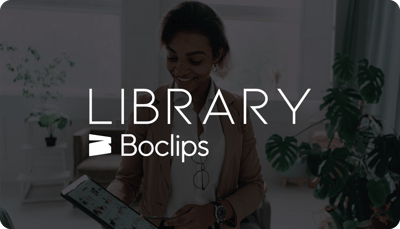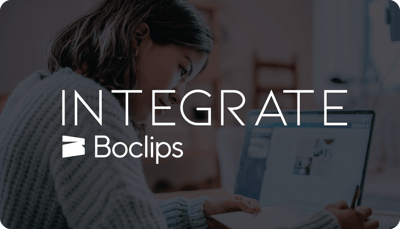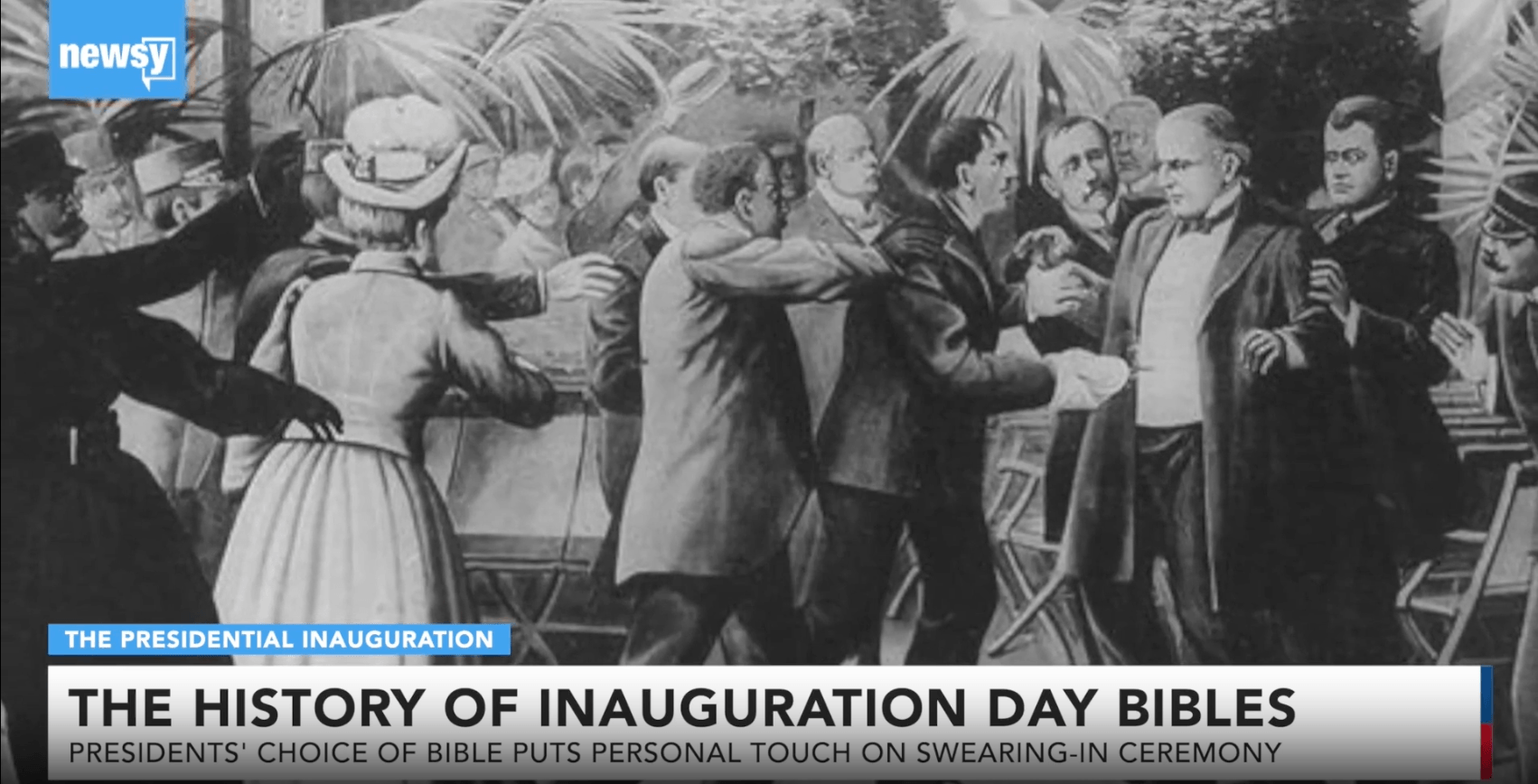As artificial intelligence technology has rapidly advanced in the last few years, so has the expectation of the impact it’ll have on education. Specifically, the revolutionary changes it would bring to personalized learning that will create new ways to individualize teaching and scale education.
Ryan Varley, SVP of Technology and head of data science, and Jen Cleary, Senior Director of Content and Product, sat down to discuss the history and trajectory of AI in education and the ways it is and can currently significantly improve the educational experience for students. You can watch their full conversation here. Here are some of the highlights from their conversation:
Early AI tools were more work than they were worth
Jen and Ryan reflected on the early days of AI in education. In its initial stages, AI technology often fell short of expectations and could actually create more work for educators rather than streamlining their processes.
“Initially, some of the AI tools we encountered were disappointing,” Ryan admitted. “They were supposed to make things easier, but in reality, they often ended up being more work than if you did it manually.”
Jen shared her first experiences with ChatGPT as an educational resource. “When I first started playing around with trying to do things like lesson planning in ChatGPT, you could get good results, but you would have to do a lot of the training yourself to tell it what the needs were of the 30 children that were likely to be in your class. Instead of simplifying the process, teachers found themselves spending additional time correcting and feeding data into the system. It wasn’t the time-saver we had hoped for.”

These early AI tools were designed to automate tasks like content recommendations for lesson plans or grading, but many of them weren’t advanced enough to handle the complexities of a classroom setting. As a result, teachers found themselves spending more time correcting AI errors or inputting additional data to make the systems function correctly.
“Teachers already have a lot on their plate,” Jen added. “The last thing they need is a tool that promises to help but actually adds more work. That’s why we’re so focused on building AI systems that truly reduce the burden on educators.”
AI has come a long way since then
Fortunately, both Jen and Ryan emphasized that AI in education has come a long way since those early days. Advances in machine learning and large language models (LLMs) have made AI more intuitive and effective, allowing teachers to rely on it for real-time insights and personalized content without the need for constant oversight.
“Now, AI can actually deliver on its promises,” Ryan said. “We’ve moved beyond the stage where teachers have to babysit the technology. Instead, we’re giving them tools that genuinely make their lives easier and enhance the student experience. A teacher might make a personalized video for their class because it took them 10 min to do, but previously, it took them 3 hours to edit it, and they had to learn how to do that. That's where tooling is exciting to me. It enables things to happen that couldn't have happened without it.”
One of the most promising aspects of AI in education is its potential to foster inclusion and equity. Jen and Ryan both highlighted how AI-powered tools can break down barriers for students who may face challenges due to language, disabilities, or socio-economic factors.

“For students learning in a second language, AI can generate subtitles and translations, making video content accessible,” Jen explained. “This can be particularly beneficial for students who are learning in non-native languages or have hearing impairments.”
These improvements in AI have significantly increased the value for educators, enabling them to focus on teaching rather than getting bogged down trying to teach the AI tools what they need.
The evolution of AI tutors
Using ChatGPT in education led to early Tutor Bots and AI chatbots to assist students. There have been a few edtech pioneers in this space, but there are universal AI challenges that plague AI educational bots.
As Ryan recounted, “The fact is that AI can get things wrong. And if a human gets something wrong, people are more accepting of it than if AI gets something wrong; that’s especially true in education. The idea that an AI Tutor Bot could give an inaccurate answer or hallucinate and share inaccurate information with a student is really scary to a lot of people. There have been a lot of improvements around this. The models themselves have gotten better. They’ve also had more layers of safety that look for things that are incorrect and look for answers that might be inappropriate.”

Boclips has a chatbot we built as an example of how you can integrate video into an AI tutor to create a more engaging multimodal learning experience. One of the key tactics used here to decrease the risk of AI hallucination is anchoring. Ryan explains, “Anyone that's making education products is looking at anchoring content. So we anchor quite a bit of our stuff on the videos that we have. We have transcripts from our videos that we know are from reliable educational creators and have accurate content. So if our highlights chatbot gives a response, we can use that video as an anchor to the truth.”
The other reality of AI Tutors is that education is not the fastest-moving industry. And there are plenty of reasons as Jen explains. “The digital divide, funding in general across schools, time for training educators, etc., and I think that’s okay. There is always going to be a small group of enthusiastic advocates in any school, and I suspect the same is going to happen with AI. There will be a handful, globally, of teachers who really believe in it and really want to make the most out of it and will be the ones to test it out. And as the models get cheaper to use and the products get more sophisticated, you’ll see more adoption.”
But regardless of what current tech is exciting the education industry, the reality is student engagement and experience will always be a critical component. As Jen reiterated, “For me, the top thing about student experience has always been engagement. As these tools release features that make it more engaging for not just educators but also the students, how their imaginations work, and how they like to explore, then that’s what’s going to really allow this to take off.”
The continued growth of AI
Both Jen and Ryan emphasized that while AI can automate certain processes and enhance experiences, it is not intended to replace teachers. “AI is about enhancing the learning journey,” Jen noted, reiterating that AI can provide valuable support in tailoring content to individual students. However, she stressed that the role of teachers in building relationships and understanding their students on a human level cannot be replaced by technology. Instead, AI should be seen as a tool that empowers educators and expands access to education globally.
And while AI has already made significant strides in personalizing learning and supporting educators, they believe the technology is still in its early stages. “I think there’s still so much potential for AI in education,” Jen remarked. “We’re just at the beginning of understanding how these technologies can benefit students and educators.”

How Boclips supports AI in education
Boclips exists because we fundamentally believe in the power of video to engage learners, transform education, and support personalized learning that meets the needs of every type of learner.
Our goal is to make it easier for educational AI tools to integrate with a reliable, curated, and accurate educational video to create a more engaging, multimodal learning experience for students, or resources for educators.
API access to Boclips 2.2M educational videos is free. Included in our API is access to highlights, which surfaces short sections of videos that are most relevant to a keyword, topic, or prompt. These can easily integrated into AI tools, chatbot experiences, and digital platforms.
Try highlights for free - highlights.boclips.com and share your feedback with us.
Watch the full webinar:

Ryan is the Senior Vice President of Technology, specializing in LLMs. He currently oversees our product, engineering, and data science teams. Prior to Boclips, he ran the data science teams at Carbon and was a data scientist at Adzact. He has a PhD in Astrophysics from University College London.
Jen is the Sr. Director of Product and Content Services at Boclips. Before Boclips, Jen was in EdTech instructional design and hands-on teaching, working with students who were at-risk and struggling with social, emotional, and mental health difficulties, such as Autism, ADHD, and Dyslexia.
- #Video in Digital Learning
- #Classroom
- #Educational Videos
- #Video Content Partners
- #Tips for Using Video
- #Boclips for Publishers
- #Issues in Education
- #Educational Videos by Subject Area
- #News and Announcements
- #Events & Holidays
- #Video and Teaching Tools
- #Teaching Methodologies
- #Education Videos
- #Video and Digital Literacy
- #Short Educational Videos
- #Instructional Design
- #Multimodal Learning
- #Video and Student Safety
- #Accessibility in Education
-3.png?width=390&height=223&name=Untitled%20design%20(2)-3.png)


.png?width=1152&height=660&name=Copy%20of%20Untitled%20Design%20(1).png)



